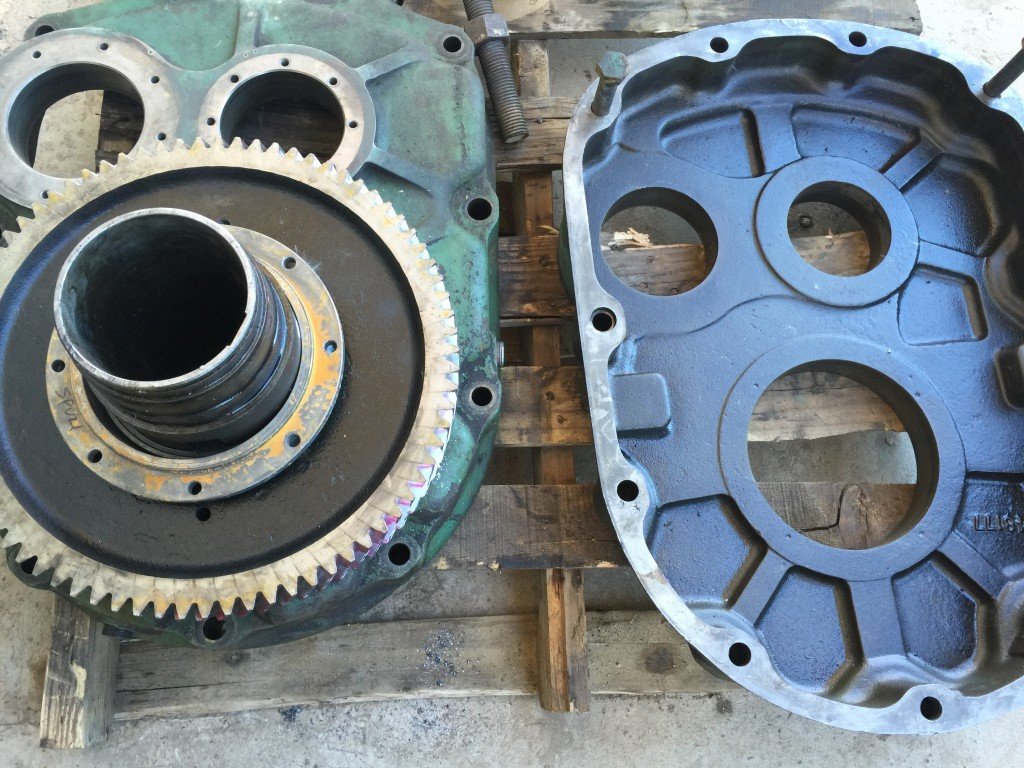Mobile:+86-311-808-126-83
Email:info@ydcastings.com
English
Understanding Engine Stand Oil Pan Components and Their Functions for Optimal Performance
Understanding Engine Stand Oil Pans A Comprehensive Overview
The engine stand oil pan is a crucial component in the automotive repair and maintenance industry. It serves as an essential tool for mechanics and technicians when performing engine work, facilitating better access and ensuring the proper handling of engine components. This article delves into the significance, functionality, and variety of engine stand oil pans, shedding light on their role in maintaining engine efficiency and longevity.
What is an Engine Stand Oil Pan?
At its core, an engine stand oil pan is a specialized container designed to hold the oil that drains from an engine during maintenance procedures. It is most commonly used in conjunction with engine hoists or stands, which allow for easier movement and rotation of the engine block while work is being done. The oil pan not only collects the oil but also enables mechanics to perform a variety of tasks safely and efficiently.
Importance of Engine Stand Oil Pans
One of the primary reasons for using an engine stand oil pan is to create a clean and organized workspace. When an engine is disassembled, oil inevitably spills out, making the workspace messy and potentially hazardous. The oil pan collects this fluid, preventing contamination and helping to maintain a tidy environment. Furthermore, it helps in the proper disposal of used oil, which is critical for environmental protection.
Another significant advantage is the enhanced visibility and accessibility it affords mechanics. By keeping the oil contained, technicians can focus on inspecting engine components, making repairs, or replacing parts without worrying about slip hazards or oil getting into places it shouldn’t. This accessibility is particularly beneficial when working on engines with complex layouts where precision and care are paramount.
Types of Engine Stand Oil Pans
There are various types of engine stand oil pans available on the market, each designed to suit different needs. Most commonly, you'll find
engine stand oil pan

1. Basic Oil Pans These are simple containers made of durable materials, such as plastic or metal, designed for general use. They are straightforward in design and provide a reliable option for basic oil collection.
2. Magnetic Oil Pans These come with a magnetic surface that helps secure small metal parts, such as bolts or washers, while working on the engine. This prevents loss of important components during the repair process.
3. Oil Drain Pans with Spouts Some oil pans are equipped with spouts, which make it easier to pour out the collected oil without the mess. This feature is particularly useful when transferring oil into appropriate disposal containers.
4. Large Capacity Oil Pans For larger engines or projects involving multiple components, larger oil pans can hold a greater volume of oil, reducing the frequency of emptying and enhancing efficiency during the repair process.
Best Practices for Using Engine Stand Oil Pans
To maximize the benefits of using an engine stand oil pan, there are several best practices that mechanics should adhere to. Firstly, always ensure that the oil pan is placed on a stable surface to prevent spills. Regularly cleaning the pan after use will help in maintaining its integrity and ensure that oil residues do not contaminate future jobs. Moreover, it’s essential to use the right type of oil pan suited for the specific engine type to avoid any complications during maintenance.
Conclusion
In conclusion, the engine stand oil pan is an indispensable tool for anyone involved in engine maintenance and repair. Its role in ensuring a clean workspace, enhancing accessibility, and providing a means for proper waste disposal cannot be overstated. By understanding the types available and adhering to best practices, automotive professionals can ensure that they work efficiently and effectively—ultimately contributing to the longevity and performance of the engines they service.
-
Efficient Automobile Water Pump: Reliable Cooling for Engine ManifoldsNewsSep.01,2025
-
Premium Fan Housing & Motor Casing for Optimal AirflowNewsAug.31,2025
-
High-Performance Automobile Water Pump & Electric SolutionsNewsAug.30,2025
-
Expert Stainless Steel Casting | Precision & Durable Metal PartsNewsAug.29,2025
-
Precision Metal Castings: Aluminum, Stainless Steel & Die CastingNewsAug.28,2025
-
Superior Aluminum Castings in Automotive Engine PartsNewsAug.22,2025











